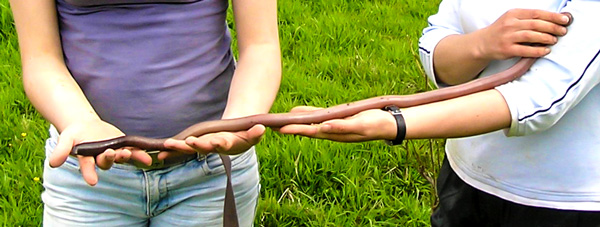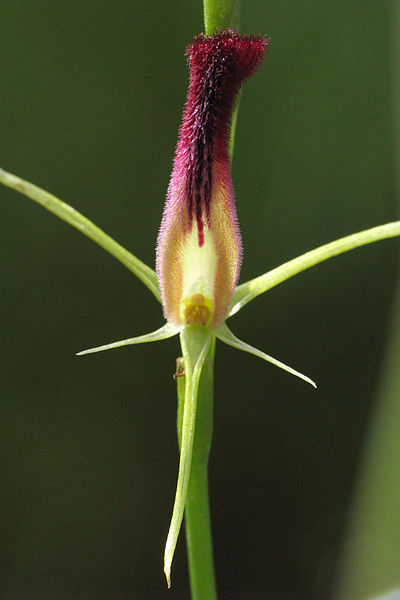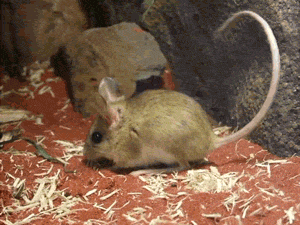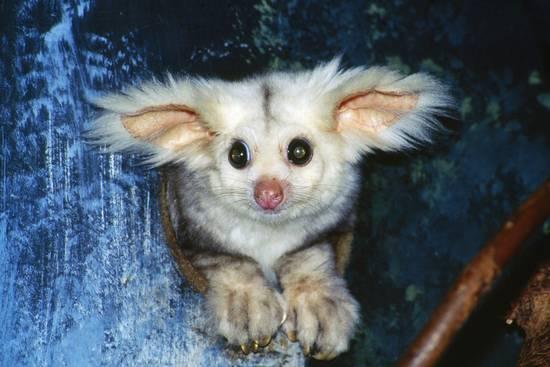Amid the hustle and bustle of modern life it can be easy to forget that we share this beautiful planet with an incredible array of weird and wonderful creatures.
From giant earthworms to orchids that rely on a fungus to grow, here are some of Victoria’s quirkiest inhabitants.
1. Giant Gippsland earthworm

Quirk: Believed to be the world’s largest worm, clocking in at up to 3 metres long!
They’re typically 1 metre long with a 2 cm thick body. They live in extensive burrow systems in moist subsoils under grassland. While they generally move slowly, sometimes when spurred to quick movement they can be heard above around making sucking and squishing noises.
Unfortunately they’re threatened by farming. Cultivation of soil, heavy grazing by cattle, and runoff from farms all have an adverse impact on these subterranean giants.
2. Leafless Tongue-Orchid

Quirk: Because it doesn’t have any leaves it is believed to get the energy it needs through a symbiotic relationship with a fungus.
Orchids are known worldwide for their unique and beautiful flowers. The Australian native Leafless Tongue-Orchid is no exception with up to ten flowers per stem which are characterised by a very hairy maroon tongue that can be 3 cm long.
3. Mitchell’s Hopping-mouse

Quirk: They’re bipedal, hopping around in much the same fashion as a kangaroo!
The Mitchell’s Hopping-mouse is the largest of the hopping mouses and is mostly legs and tail. Their tails are about 20% longer than their bodies and have a little tuft of fur right at the end. This small mammal is native to the north western Mallee region of Victoria. They’re nocturnal and eat insects, fungus, and seeds.
4. Tawny Frogmouth

Quirk: Their plumage is a fantastic example of mimicry, allowing them to spend most of the daylight hours camouflaged as broken tree branches.
Often confused for owls because of their colouring and nocturnal nature the Tawny Frogmouth is a pest control specialist. Their diet consists mostly of nocturnal insects like moths, spiders, and snails, and have been known to eat small mammals, frogs, and birds.
They have adapted to the presence of humans and can be found in local parks and gardens, most commonly in areas with river gums and casuarinas. If you’re out looking for them look for broken branches as they’ll often sit near an existing broken part of the tree to aid in their disguise.
5. The Greater Glider

Quirk: Koalas aren’t the only picky eaters residing in our treetops, the Greater Glider also sustains itself solely on the leaves and buds of eucalyptus trees.
Found in the central highlands of Victoria this nocturnal marsupial is unique amongst Australian gliders in that they fold their front limbs and tuck their wrists under their chin when gliding. They do their best to stay off the ground as they are slow and clumsy when walking.